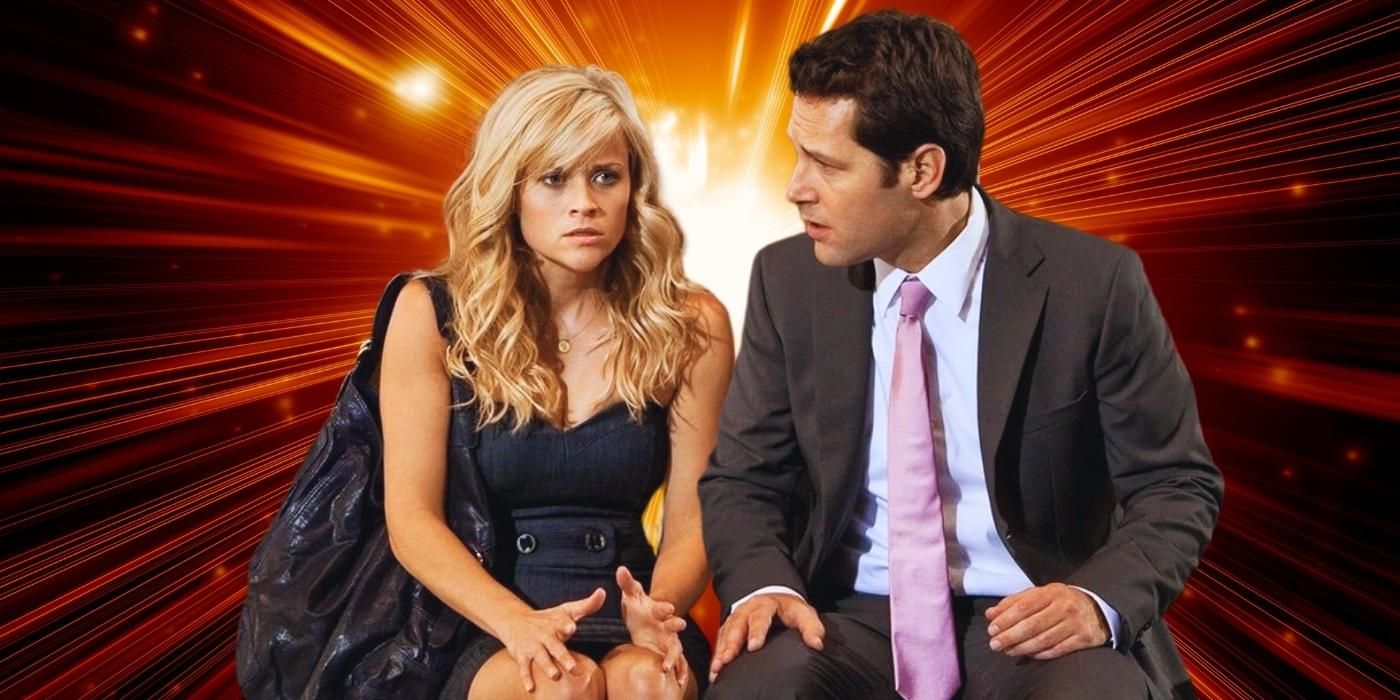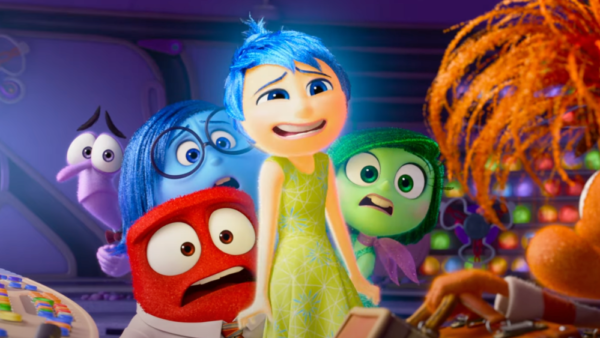Why Else Did ‘How Do You Know’ Bomb at the Box Office?

Trend Indexing: In hindsight, How Do You Know, a 2010 feature starring Reese Witherspoon and Paul Rudd, was a watershed moment for the American romantic comedy. Previously, entries in this genre could command budgets upwards of $80 or even $100 million if the right cast called for it. After How Do You Know bombed despite featuring so many A-listers (including the last performance from Jack Nicholson), studios became way more hesitant about spending so much cash on these movies. Suddenly, the romantic-comedy became a cash-strapped genre and one that would largely vanish from movie theater screens by 2016. How Do You Know was the straw that broke the camel’s back and helped pivot studios towards a strategy relying on tentpoles and brand names, not just movie stars.
How Do You Know isn’t the only movie responsible for this film industry shift, but it had to be a major player in the decline of romantic comedy. After all, if a new title from director James L. Brooks (the guy behind Terms of Endearment and Broadcast News among many other movies) with so many A-listers couldn’t pull in the crowds at Christmastime, what could? Of course, as with so many infamous box office bombs, the reasons for the How Do You Know bombing go deeper than just it being a romantic comedy. There were tons of factors behind How Do You Know turning into a legendary flop. Ironically, many of those elements would be repeated in 2010s action blockbuster bombs (like The Lone Ranger and King Arthur: Legend of the Sword) from the same studios so wary of engaging in romantic comedies. The more things change, the more they stay the same…
What Was ‘How Do You Know’s Budget?
 Image via Sony Pictures
Image via Sony Pictures
Throughout history, the biggest romantic comedies at the box office haven’t always been costly affairs. In 1990, Pretty Woman cost just $14 million to make while My Big Fat Greek Wedding was an indie endeavor that cost just $5 million to put together. However, by the 2000s, these movies had started to creep up in costs. By 2002, a project like Two Weeks Notice racked up a $60 million budget while Leatherheads required a $58 million pricetag to reach the big screen. It’s Complicated rounded out the 2000s with an $85 million budget. Big stars like Sandra Bullock or Meryl Streep don’t come cheap and securing these actors alone ensured that the big studio romantic comedy was often a costly project in the 2000s.
Still, even by these standards, the budget for How Do You Know was absolutely insane. Costing $120 million to make, How Do You Know infamously spent $50 million alone on securing Brooks and its four main stars, Witherspoon, Rudd, Owen Wilson, and Nicholson. Even with all that moolah thrown at famous faces, though, How Do You Know still spent an additional $70 million (more than the entire cost of Two Weeks Notice) on the rest of the movie. While the costs apparently went up a bit during shooting due to reshoots and Brooks taking his sweet time realizing the project, the starting costs for How Do You Know are still staggering to process.
Most outlets and analysts suggest that a normal movie needs to gross about twice its budget worldwide in order to be profitable. That means How Do You Know would’ve needed to crack $300 million worldwide to break even. Let’s consider this when looking at the box office track record of the people Sony/Columbia Pictures was invested in with How Do You Know. Up to this point, Brooks had helmed only one movie (As Good as It Gets) that cracked $300 million worldwide and only one other title of his (Terms of Endearment) had exceeded $100 million globally. Up to this point in her career, Reese Witherspoon had never appeared in a live-action movie that exceeded $187.7 million worldwide. Paul Rudd’s highest-grossing live-action film appearance (save for a Night at the Museum cameo) was in the $219.2 million grossing Knocked Up, and even Owen Wilson hadn’t starred in any live-action movies that cleared $300 million worldwide (he did have a supporting role in the lucrative Museum films).
On top of all that, at the time of How Do You Know’s release, only ten romantic comedies in history had cracked $300 million worldwide. It wasn’t impossible to do, but all ten of those movies were pop culture phenomena like Pretty Woman or There’s Something About Mary. It was absolute madness in every respect for Sony/Columbia Pictures to gamble $120 million on How Do You Know, there was absolutely no excuse for it. The costs of this feature alone doomed it to become a mighty box office dud and as much an ode to major studio excess as something like Battleship. At half its budget, How Do You Know would’ve had a much more reasonable path to profitability. Instead, the lavish finances here sealed its box office fate.
RELATED: 10 Great Romantic Comedies That Fail the Bechdel Test
Reese Witherspoon & Paul Rudd’s Box Office Bomb Changed Rom-Coms Forever
 Image via Sony/Columbia Pictures
Image via Sony/Columbia Pictures
Revisiting the trailer for How Do You Know over a decade after its release, it’s fascinating how removed from everyday reality these characters are. Rom-coms are intentionally meant to provide wish-fulfillment fantasies for the viewer and escapism from humdrum reality. However, the most successful rom-coms often involve a male or female lead from humble beginnings getting swept up in wacky shenanigans. Think of something like Notting Hill (an ordinary man falls in love with a movie star!), Pretty Woman (cash-strapped sex worker falls in love), or Crazy Rich Asians (everyday lady meets her boyfriend’s wealthy family). There are totally massively successful romantic comedies about people who aren’t everyday people, like Hitch.
However, usually, it helps to make your romantic comedy about the kind of working-class folks the average moviegoer can relate to. That way, viewers can have the wish-fulfillment experience of imagining that they too are a plucky Hugh Grant/Sandra Bullock/Constance Wu character getting swept away by grand romantic gestures or thrilling shopping montages. In sharp contrast, How Do You Know focuses on a softball player (Witherspoon) in a love triangle with a pitcher (Wilson) and an executive (Rudd) from a wealthy family. There are no contrasting dynamics here in terms of class or occupation that immediately get the viewer’s attention, nor is anyone’s job so unique that you just have to see them find love. Instead, everybody’s wealthy, comfortably well off, and occupying jobs most viewers can’t even comprehend having. People like rom-com to be detached from reality when it comes to pretty dresses, romantic security, or delightfully over-the-top performances. Constantly reminding middle and lower-class viewers about the financial security they’ll never obtain, that’s not a good way for a rom-com to endear itself to viewers.
Emerging just two years after the great economic recession forever changed America, moviegoers just weren’t in the mood for rich white people being rich white people. Even the hit comedies from 2009 and 2010 tended to focus on working-class folks (Paul Blart: Mall Cop) or even just rich white people navigating suburban environments (Grown Ups). The glossy city backdrop of How Do You Know and its sources of drama like corporate malfeasance just didn’t resonate with moviegoers circa. 2010. This wasn’t the kind of movie people wanted or needed. Worst of all, How Do You Know simply wasn’t a very good or interesting movie. A bunch of killer laughs could’ve made all these problems vanish in an instant. Instead, the absence of anything remotely entertaining in the finished product just made it even more obvious how out of touch How Do You Know was with then-modern America.
The fallout from How Do You Know was sharp. Reese Witherspoon went into a temporary career slump that would be reversed four years later with her Oscar-nominated work in Wild. James L. Brooks shifted over to being a producer on Kelly Fremon Craig movies. After this title, meanwhile, Hollywood seemed to struggle to figure out what to do with Paul Rudd for a bit, though he still had comedies like This Is 40 to headline before he took on the role of Ant-Man in 2015. As for the big-screen romantic comedies, they would continue to become few and far between over the subsequent years. The fallout from this project was almost as enormous as How Do You Know’s budget!







